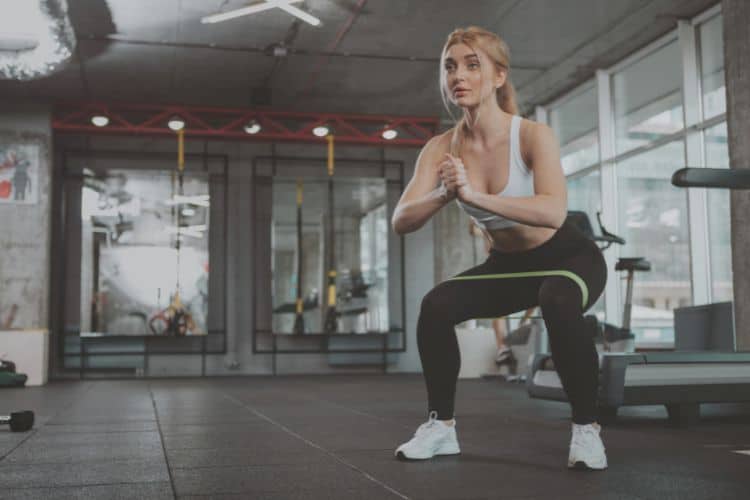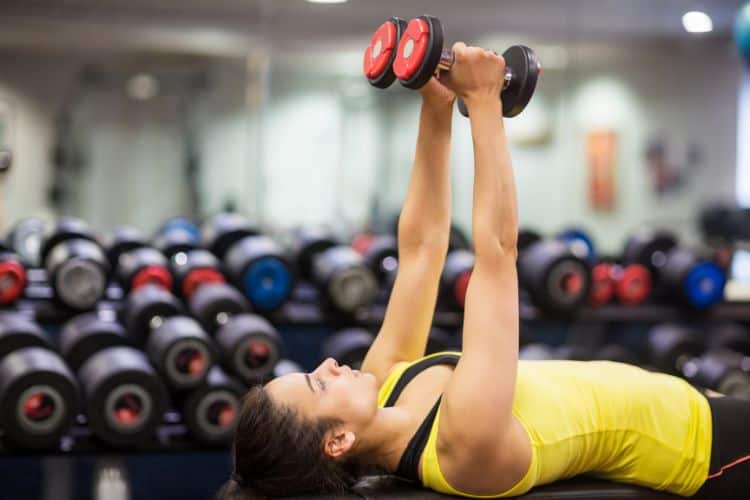Sign up for workout ideas, training advice, reviews of the latest gear and more.






As women age, strength training becomes more than just a fitness trend—it becomes a crucial component of health, longevity, and overall well-being. For women over 40, weight training offers benefits that go beyond aesthetics. It improves bone density, balances hormones, supports weight management, and enhances mobility. This comprehensive guide will walk you through a beginner-to-intermediate weight training routine specifically designed for women over 40 who want to feel empowered, energized, and in control of their fitness journey.
After 30, women begin to lose muscle mass at a rate of 3–5% per decade. This condition, known as sarcopenia, can impact strength, metabolism, and daily function. Weight training helps preserve and rebuild lean muscle, which is critical for maintaining a high quality of life.
Estrogen levels decline during perimenopause and menopause, increasing the risk of osteoporosis. Lifting weights places healthy stress on bones, which encourages bone-building and prevents fractures.
Muscle burns more calories at rest than fat, making strength training a powerful tool for maintaining or improving metabolic rate. Combined with proper nutrition, weight training can help reduce body fat and increase lean mass.
Functional strength improves balance and coordination, reducing the risk of falls and injuries. Strengthening muscles around joints also supports joint stability, which is especially important for women experiencing knee or hip discomfort.
Before beginning any new fitness routine, especially over 40, consult with a healthcare provider. This is especially important if you have any chronic conditions or are on medication.
Choose light weights initially to master form and technique. Focus on performing each movement with control and good posture before increasing weight or intensity.
Each session should begin with 5–10 minutes of light cardio and dynamic stretches. After weight training, perform static stretches to promote flexibility and reduce soreness.
Here’s a balanced 4-day training split designed to build strength, endurance, and tone without overtraining.
This workout targets muscles used for pushing motions.
Strong legs support your spine, reduce injury risk, and boost overall function.
Pulling exercises improve posture, reduce shoulder pain, and build a strong upper back.
This combo workout strengthens legs and targets deep core muscles to improve stability.
You don’t need a full gym to start weight training. Here are a few tools that enhance your results:
Invest in a few essentials, and you can create an effective training setup at home.
Progressive overload means gradually increasing weight, reps, or sets over time. This ensures your muscles are continually challenged and growing stronger.
Use a journal or app to track weights, sets, reps, and how you feel after each session. Noticing progress is motivating and helps you adjust as needed.
Your body adapts to repetitive movements, so tweak your program to continue seeing results. Add new exercises, use different resistance, or alter your rep range.
Protein is essential for muscle recovery and repair. Women over 40 should aim for at least 0.8–1 gram of protein per pound of lean body mass daily.
Great sources include:
Carbs fuel your workouts, and fats support hormonal balance. Choose whole grains, fruits, avocado, nuts, and olive oil as part of a balanced diet.
Dehydration affects muscle function and energy. Aim for at least 8–10 cups of water daily, more if you exercise intensely.
Weight training helps regulate cortisol, insulin sensitivity, and estrogen metabolism. This can ease menopause symptoms like mood swings, weight gain, and fatigue.
Resistance training stimulates the production of endorphins and brain-derived neurotrophic factor (BDNF), which boosts mood and cognitive health.
A strong posterior chain improves posture and reduces tension in the neck, shoulders, and lower back—common areas of discomfort in midlife.
Absolutely! While it may be slower than in your 20s, with consistent training, proper nutrition, and rest, women can build and maintain strong, lean muscle well into their 40s, 50s, and beyond.
Aim for 3–4 sessions per week, allowing at least one rest day between major muscle groups.
Cardio has benefits for heart health and endurance, but it should complement—not replace—strength training. Incorporate 2–3 light cardio sessions weekly (like walking, biking, or swimming).
Weight training is one of the most empowering and health-boosting tools available to women over 40. Whether you’re new to fitness or returning after a break, it’s never too late to build strength, boost your energy, and support lifelong vitality.
The key to success lies in consistency, proper form, balanced nutrition, and self-compassion. Your 40s and beyond can be your strongest years yet—start today and embrace your power.
Want more workout and video guide?
Follow us on Pinterest, Facebook, and Subscribe to our Newsletter and Stay tuned for FREE downloads of our App coming soon!
Stay up to date on the latest women’s health, fitness and lifestyle trends and tips.